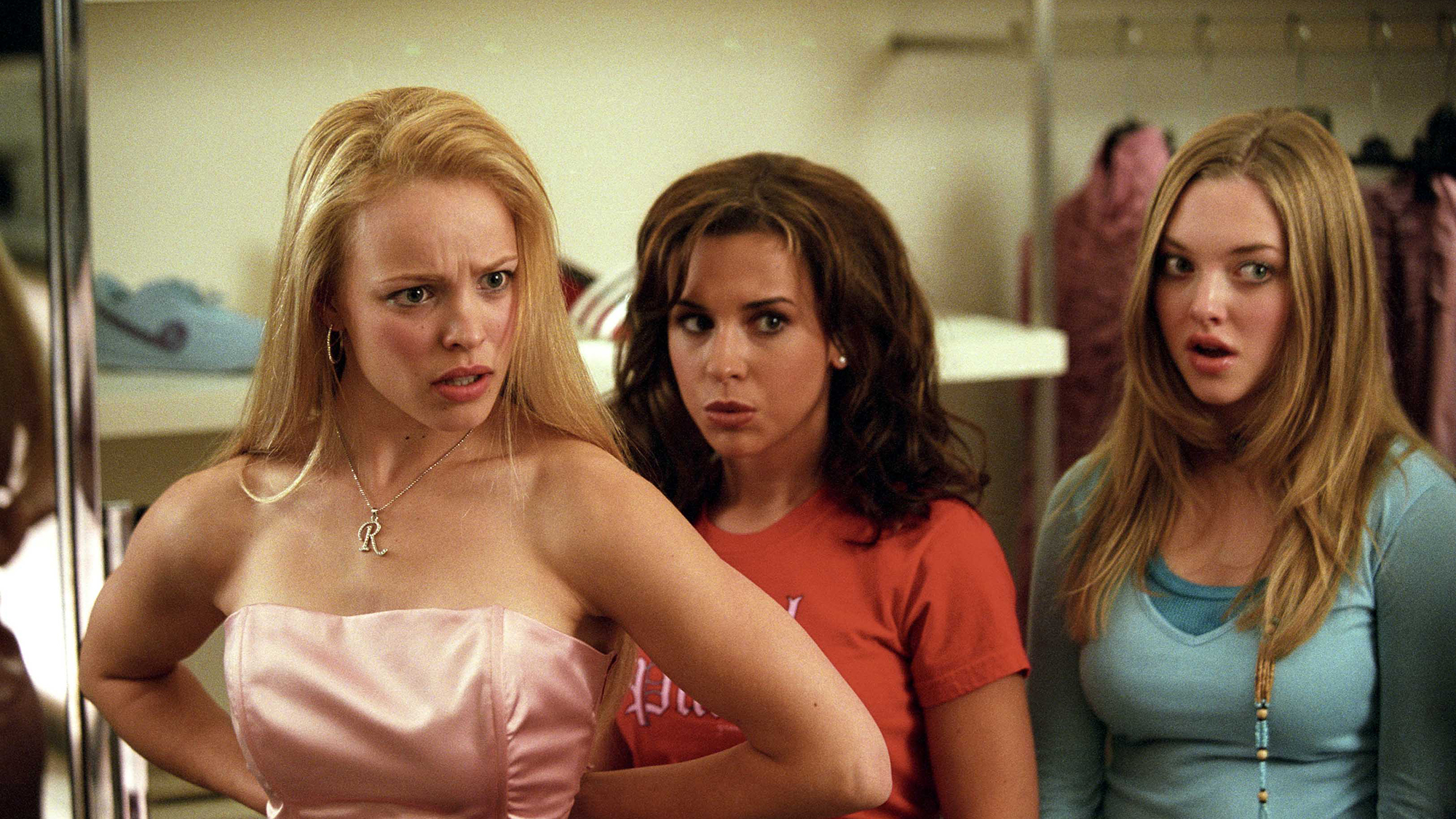How sizing labels really affect you
You’ll be surprised


You’ll be surprised
Words by Shakaila Forbes-Bell
Did you know it's possible to shop yourself thin? Nope, neither did we, but turns out psychology can explain a lot of things, like which colours to wear to be successful in life. Have you ever tried on a new pair of jeans to unexpectedly find that you require a size one or even two times smaller? Or found out you're a different shoe size in every shop?
Whilst you may not see any change on the scales, dropping a dress size can simply be a case of exploring different brands.
There is no magic involved, the agents behind this so-called sliming phenomenon are sizing labels. Since the 1930s, consumers have swapped their custom garments for ready-to-wear pieces. This saw the introduction of standardised sizing systems which aimed to provide consistency and clarity in garment size dimensions. However, most of these sizing charts are based on two or three body dimensions which do not accommodate for the specific dimensions and variations in body shapes in the population.
Similarly, many garment manufacturers are still using these now outdated sizing charts which do not account for increased ethnic diversity, changes in health care and other societal shifts that contribute to the increasingly diversified body proportions present in the general population.
In most cases, manufacturers are not adhering to sizing systems at all. Instead, every manufacturer has their own system and brands use this freedom to give themselves a competitive advantage and with this we’re witnessing the rise of 'Vanity Sizing'.
Celebrity news, beauty, fashion advice, and fascinating features, delivered straight to your inbox!

Vanity Sizing is the process of purposely mislabelling garments with smaller-than-accurate sizes with the goal of convincing consumers that their bodies are smaller. Despite a recent increase in the popularity of body positivity, it seems that the ‘thin ideal’ still prevails.
Placing a smaller size label on a garment with larger measurements satisfies consumers’ psychological need to feel slim and this positive emotional response is then directed towards the brand in question. Surprisingly, research has found that the effects of Vanity Sizing are present even when we imagine them.
For example, in their study, Nilüfer Aydinoğlua and Aradhna Krishna told participants to imagine themselves fitting into clothes that were smaller than their usual size. Results showed that Vanity Sizing not only enhances positive thinking but can also give people, particularly those with low self-esteem a boost in self-confidence.
A 2017 study by Wan-Ju Iris Franz revealed that luxury brands are the biggest perpetrators of Vanity Sizing, with designer clothing measuring significantly smaller than lower priced brands for women's apparel. So, it seems that when you buy designer you’re not only paying for the prestigious name tag and the arguably superior quality, you’re also paying for a self-esteem enhancement.

However, when it comes to Vanity Sizing, can you have too much of a good thing? If you were to comfortably slip into a pair of jeans three or even four times smaller than your usual size, you might suspect something fishy was going on. Research suggests that consumers who are aware of significant gaps or discrepancies between clothing labels and actual sizes are more likely to exhibit negative reactions to both the product and brand (Ketron & Spears, 2017).
In short, Vanity Sizing only works when deception is just about plausible and in a time where consumers are calling for more transparency from brands, this type of psychological trickery may not sit well with many people. At the very least sizing label discrepancies can take some of the joy out of shopping and it can often make online shopping an absolute nightmare. With the development of new technology, there now exists 3D optical body scanners which can transform our ability to adequately and accurately measure the population’s body size and shape.
Sadly, the fashion world has been slow to pick up on this advancement. We probably won’t see any sort of consistency in sizing labels any time soon as adhesion to a standard sizing system is still entirely voluntary. For now, the only real numbers you should worry about are the ones on the price tag because ‘size’ really doesn’t matter.
Penny Goldstone is the Contributing Fashion Editor at Marie Claire UK. She writes about catwalk trends and the latest high street and Instagram sartorial must-haves. She also helms the Women Who Win franchise.
She has worked in fashion for over 10 years, contributing to publications such as Cosmopolitan, Red, Good Housekeeping, and Stylist.
